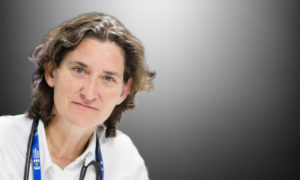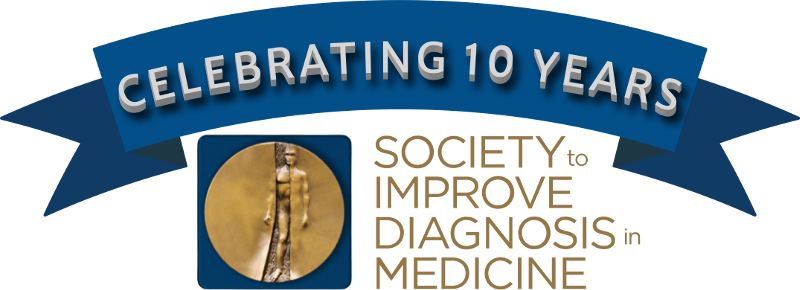Interview with Carmel Crock, MD, FACEM, OAM
Director, Emergency Department, The Royal Victorian Eye and Ear Hospital
Chair, Australasian College for Emergency Medicine Quality and Patient Safety Committee Associate
Professor, University of Melbourne
Celebrating 10 Years of SIDM
Interview by Susan Carr | Senior Writer, ImproveDx

Carmel Crock, MD, FACEM, OAM
Q: How has being involved with SIDM influenced your practice or work?
A: SIDM has had a profound influence on my medical practice— on literally every patient I see—and also on my hospital and department. The first Diagnostic Error in Medicine conference was an eye opener for me. It was multidisciplinary and included patients, too. And we could talk openly about diagnostic error; it wasn’t a hidden thing anymore. We could talk about the fact that diagnosis is difficult, that it requires a team to do it well. That level of transparency and honesty within the group was just so refreshing.
Also, my colleagues at SIDM have been focused from the beginning on looking for solutions. I’ve taken practice innovations I learned about at DEM and used them in my own department—the use of clinical practice guidelines, for example, and the use of diagnostic cross-checking, and accessing expertise early in the process. We’ve been able to operationalize and normalize that approach in my department. Our trainees routinely ask for second opinions. They’re not afraid!
Q: As you think about SIDM’s 10-year history, is there a particular success or challenge you’d like to highlight?
A: I would single out the National Academy of Medicine report. I find it to be an especially useful tool. It gives us common ground, common understanding, and common language for the diagnostic process. I periodically check on whether we are applying all eight of the report’s recommendations in our department. I also often use the NAM visualization for the diagnostic process. That concrete representation reminds me that when we speak about diagnosis, it's often better to say ”working diagnosis.” In fact, I’d like to see us use it to help bring patients into the process.
Q: Where would you like to see the SIDM community focus its influence and resources in the next five years?
A: I’d like to see us get the message out a bit more to the wider public. In fact, COVID with its immense challenges has also shone a light on the diagnostic process. John Brush recently pointed out that many people in the general public are grappling with uncertainty in medicine for the first time—uncertainty about symptoms, about tests and how well they work. In medicine, we constantly deal with uncertainty. Now we need to involve patients more in that discussion. We would do well to focus on community understanding of the complexities in the diagnostic process and continue to help patients engage in the process. I think that's one place where we can do better.

